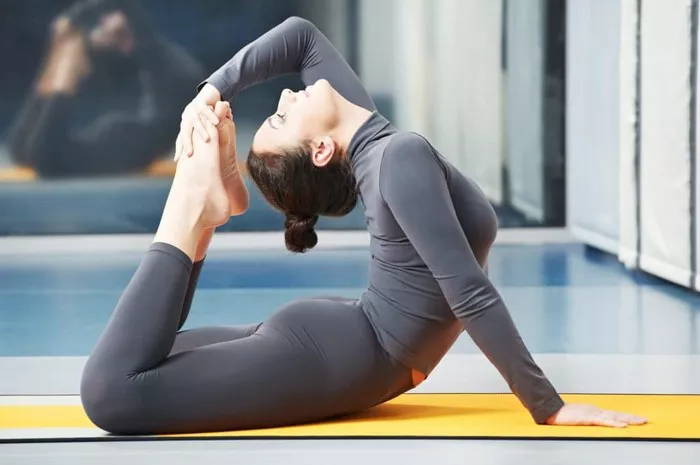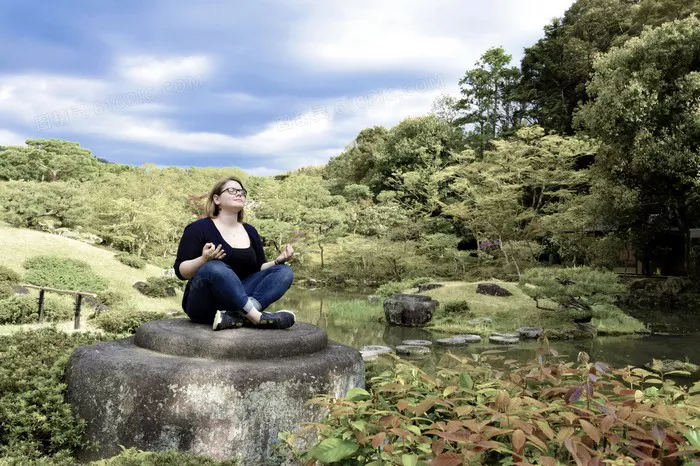Reverse Prayer, also known as Paschima Namaskarasana, is a yoga posture that combines flexibility, strength, and mindfulness. This pose primarily opens the shoulders and chest while improving posture and promoting relaxation. It is a great addition to your yoga practice, whether you are looking to deepen your stretches or cultivate a sense of inner balance.
Understanding Reverse Prayer Pose
Paschima Namaskarasana is a seated or standing pose where the palms of the hands are pressed together behind the back in a prayer position. It requires a combination of shoulder flexibility, arm mobility, and spinal awareness. This pose is commonly incorporated into yoga sequences that emphasize heart-opening, shoulder mobility, and wrist flexibility.
Benefits of Reverse Prayer Pose
Before learning the step-by-step approach to achieving this pose, it is important to understand its numerous benefits:
Improves Shoulder Flexibility: Stretching and externally rotating the shoulders in this position helps release tension and improves mobility.
Enhances Posture: By opening the chest and drawing the shoulder blades together, this pose counteracts the effects of slouching and hunching over screens.
Strengthens the Arms and Wrists: The engagement required in the arms and hands strengthens the wrists and forearms.
Increases Circulation: By opening the chest and engaging the upper body, Reverse Prayer promotes better circulation to the arms and hands.
Promotes Relaxation and Mindfulness: The posture encourages a calm, centered mindset, helping to relieve stress and tension.
Encourages Deep Breathing: Opening the chest facilitates deeper, fuller breaths, which can help with relaxation and lung expansion.
Aids in Digestion: If done in a seated posture like Sukhasana (Easy Pose), Reverse Prayer can gently stimulate abdominal organs, supporting digestion.
Preparatory Poses
Since Reverse Prayer requires a combination of shoulder, arm, and wrist flexibility, it is advisable to warm up with a few preparatory poses:
Shoulder Rolls – Helps loosen the shoulder joints.
Gomukhasana (Cow Face Pose) Arms – A deep shoulder and tricep stretch to improve flexibility.
Uttanasana (Standing Forward Bend) with Clasped Hands – Opens the shoulders and lengthens the spine.
Cat-Cow Stretches – Warms up the spine and shoulders.
Anahatasana (Extended Puppy Pose) – Opens the chest and stretches the shoulders.
Wrist Circles and Stretches – Prepares the wrists for the pressure of the pose.
Step-by-Step Guide to Reverse Prayer Pose
1. Starting Position
Begin in either a seated position (such as Sukhasana or Vajrasana) or in Tadasana (Mountain Pose). If you are a beginner, starting in a seated posture may make it easier to focus on your shoulder movement.
2. Bring Your Arms Behind Your Back
- Extend your arms behind your torso.
- Rotate your shoulders inward so your palms naturally turn to face your back.
- Keep your elbows slightly bent as you move your hands closer to each other.
3. Press Your Palms Together
- Slowly bring your hands together in a prayer position, with the fingers pointing upward and palms pressing firmly.
- Keep the fingers pointing toward the head rather than downward.
- If you cannot bring your palms fully together, start by touching just your fingertips and gradually increase flexibility over time.
4. Engage the Shoulder Blades
- Draw your shoulder blades toward each other to create openness in the chest.
- Avoid hunching the shoulders forward—focus on maintaining an upright spine.
- Breathe deeply to relax into the stretch.
5. Maintain Proper Alignment
- Keep the spine long and neutral without overarching the lower back.
- Roll the shoulders back gently while keeping the neck relaxed.
- Engage your core for additional support.
6. Hold and Breathe
- Stay in the pose for 5-10 deep breaths, gradually increasing the duration as your flexibility improves.
- Focus on maintaining a steady breath to deepen the stretch and relax any tension.
7. Release the Pose
- Slowly release the palms and extend your arms forward before gently shaking them out.
- If you experience any discomfort, move mindfully and ease out of the pose rather than forcing the position.
Modifications and Variations
For Beginners:
Use a Strap: If your palms do not touch, hold a yoga strap or towel behind your back with both hands to gradually work on flexibility.
Lower the Hands: Instead of bringing the hands up the back, keep them closer to the waist and work upwards over time.
Perform One Arm at a Time: Hold one hand behind the back in a half-reverse prayer while the other hand rests on your thigh.
For Advanced Practitioners:
Deepen the Pose in Forward Fold: Try performing Reverse Prayer while in Uttanasana (Standing Forward Fold) to intensify the shoulder stretch.
Incorporate in Seated Forward Fold (Paschimottanasana): This variation deepens the stretch in the spine and hamstrings while engaging the shoulders.
Try Lotus Pose (Padmasana) with Reverse Prayer: This combination enhances the hip and shoulder stretch simultaneously.
Common Mistakes and How to Avoid Them
Rounding the Shoulders – Keep the shoulders rolled back to maintain proper posture.
Forcing the Hands Together – Allow flexibility to develop naturally rather than straining to press the palms fully together.
Arching the Lower Back Excessively – Engage the core and keep the spine neutral.
Holding the Breath – Maintain steady, deep breathing to ease into the stretch.
Tensing the Neck – Keep the neck relaxed and aligned with the spine.
Contraindications and Precautions
Shoulder or Wrist Injuries: If you have existing shoulder or wrist pain, consult a professional before attempting this pose.
Frozen Shoulder: Those with severely limited shoulder mobility should focus on gentle modifications.
Recent Surgery: If you have had surgery in the upper body, avoid putting excessive strain on the arms and shoulders.
Final Thoughts
Reverse Prayer Pose (Paschima Namaskarasana) is a beneficial asana that enhances flexibility, strength, and mindfulness. While it may take time to master, regular practice and gentle progression will help improve your range of motion and overall well-being. Always approach the pose with patience, listen to your body, and use modifications as needed. By integrating Reverse Prayer into your yoga practice, you will cultivate greater mobility, posture awareness, and inner peace.
Related topics:























